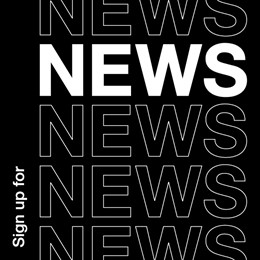Angus’ A-Z of logos: Lego

Pentagram partner and creative director Angus Hyland explains why the iconic Lego brick logo has lasted for 50 years.
What is it with these four-letter Scandi logos?
Like the previously featured ABBA, Lego is one of Scandinavia’s most successful exports, loved by absolutely everyone (except that is, when you accidentally tread barefoot on a brick).
Despite being made of plastic, it’s actually extremely sustainable as it’s often passed down from generation to generation. And Lego isn’t just for children now, clever licensing and an ability to think outside of the (toy) box means that it now has a share of the lucrative gift market too.
Lego was invented in Denmark by Ole Kirk Christensen and is based on Hilary Page’s Kiddicraft Self-Locking Bricks. A bit of a slow burner, the Lego logo took a while to get into its stride. From 1934 onwards, it went through a number of different incarnations featuring 3-D type, coloured backgrounds and an assortment of round, rectangular and oval shapes. Nothing really stuck until 1973, when the Lego logo as we now know it was introduced.
The colours in the current logo are not there by accident, they’re part of the original set of primaries used for the blocks. As the sets became more sophisticated the colour palette has expanded, but like everything Lego does, this is a carefully controlled and curated business.
Lego’s name is taken from the Danish phrase ‘leg godt’, meaning 'play well'. And while playfulness lies at the heart of the brand and (until relatively recently) kids have always been its target audience, the Lego logo is not what you’d think of as being ‘playful’.
There are no pastel colours, wobbly hand-drawn lettering or cute cartoon characters for a start. In fact, with its bold angled letterforms outlined in white and yellow, and robust red and black background, the Lego logo looks quite the opposite of playful. It shows that Lego is actually very serious – serious about business, serious about creating a great product, and most of all, serious about play.
The logo has remained in place for over 50 years, with just a minor ‘graphic tightening’ in 1998 to enhance its appearance across digital platforms. It would appear that – like its brightly coloured plastic bricks – Lego’s logo is pretty indestructible.
Next time: a logo that reaches new heights

Angus' favourite 'K' logo can be found here.













